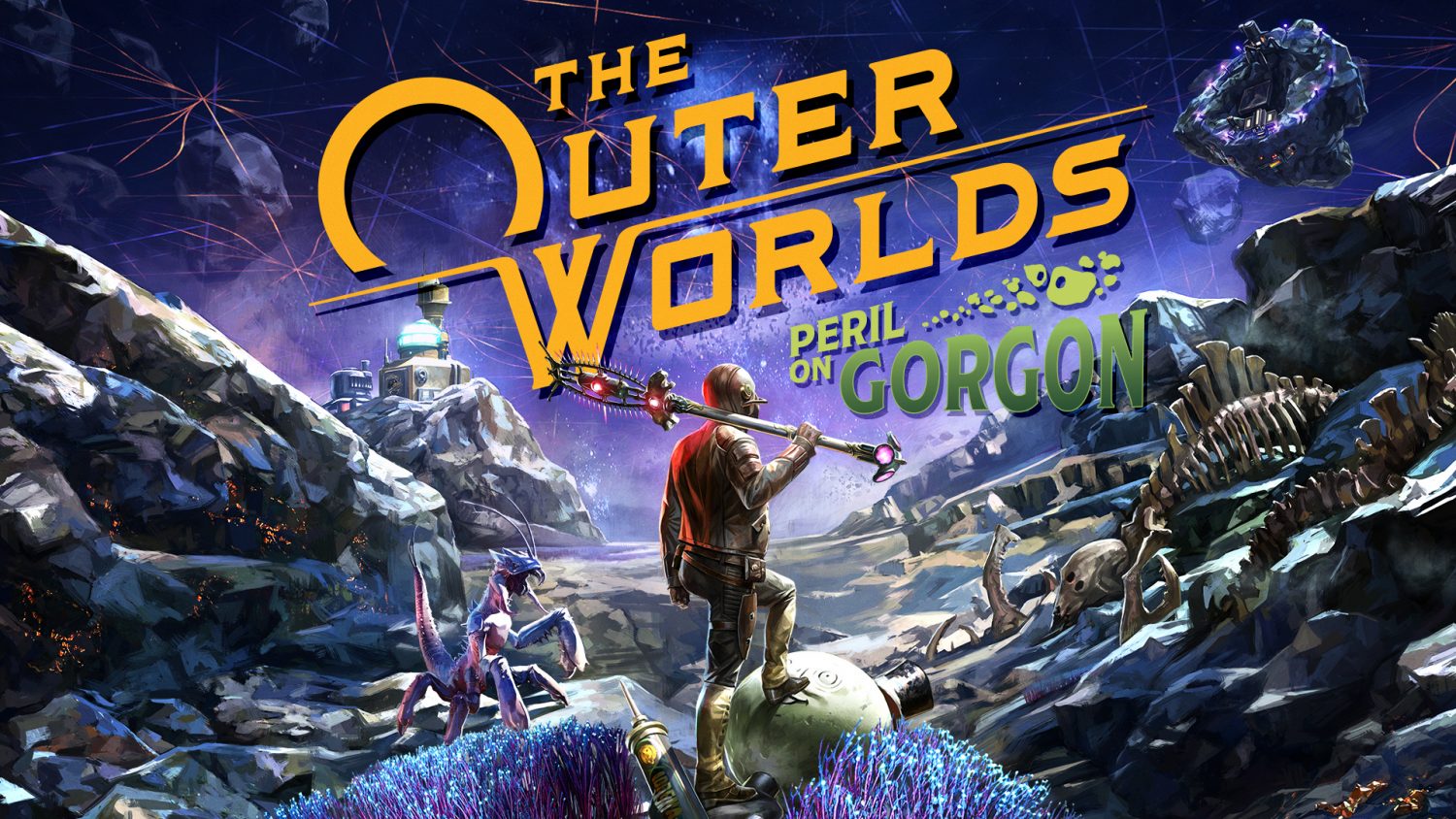
Many were polysymptomatic, with widely varying complaints.
#At central the outer worlds trial
"We posted a link for people interested in participating in the trial to register, and were surprised to get more than 200 volunteers in only a few days. They complained mostly of headache (40%), fatigue (40%), memory alterations (30%), anxiety (28%), loss of smell (28%), depression (20%), daytime drowsiness (25%), loss of taste (16%) and low libido (14%). A third of the participants still had neurological or neuropsychiatric symptoms at the time. These scans were performed 60 days after diagnostic testing on average. In another part of the research, conducted in UNICAMP's School of Medical Sciences (FCM), 81 volunteers who had recovered from mild COVID-19 were submitted to magnetic resonance imaging (MRI) scans of their brains. The capacity of SARS-CoV-2 to infect brain tissue and its preference for astrocytes were confirmed by Adriano Sebolella and his group at FMRP-USP using the method of brain-derived slice cultures, an experimental model in which human brain tissue obtained during surgery to treat neurological diseases such as drug-refractory epilepsy, for example, is cultured in vitro and infected with the virus. We observed signs of necrosis and inflammation, such as edema, neuronal lesions and inflammatory cell infiltrates." Alterations suggesting possible damage to the central nervous system were also found in these five samples. "When the images produced during the experiment were overlaid, all three colors appeared simultaneously only in astrocytes."Īccording to Cunha, the presence of the virus was confirmed in five of the 26 samples analyzed. "For example, we can insert one antibody into the sample to turn the astrocytes red on binding to them, another to mark the SARS-CoV-2 spike protein by making it green, and a third to highlight the virus's double-stranded RNA, which only appears during replication, by turning it magenta," Martins-de-Souza explained.

The researchers used a technique known as immunohistochemistry, a staining process in which antibodies act as markers of viral antigens or other components of the tissue analyzed. The analysis was coordinated by Thiago Cunha, also a professor in FMRP-USP and a member of the Center for Research on Inflammatory Diseases (CRID).

The tissue samples were collected during autopsies conducted using minimally invasive procedures by Alexandre Fabro, a pathologist and professor at the University of São Paulo's Ribeirão Preto Medical School (FMRP-USP). Infection of astrocytes was confirmed by experiments using brain tissue from 26 patients who died of COVID-19. Their functions include providing biochemical support and nutrients for neurons regulating levels of neurotransmitters and other substances that may interfere with neuronal functioning, such as potassium maintaining the blood-brain barrier that protects the brain from pathogens and toxins and helping to maintain brain homeostasis. Martins-de-Souza is a professor at UNICAMP's Biology Institute and a researcher affiliated with IDOR.Īstrocytes are the most abundant central nervous system cells. We showed for the first time that it does indeed infect and replicate in astrocytes, and that this can reduce neuron viability," Daniel Martins-de-Souza, one of the leaders of the study, told Agência FAPESP. "Two previous studies detected the presence of the novel coronavirus in the brain, but no one knew for sure if it was in the bloodstream, endothelial cells or nerve cells. Researchers at the Brazilian Biosciences National Laboratory (LNBio), D'Or Institute (IDOR) and the Federal University of Rio de Janeiro (UFRJ) also contributed to the study. The investigation was conducted by several groups at the State University of Campinas (UNICAMP) and the University of São Paulo (USP), all funded by FAPESP. It is the largest site of neural integration in the central nervous system and plays a key role in complex functions such as memory, attention, consciousness, and language.

The cerebral cortex is the outer layer of gray matter over the hemispheres. It also broke new ground by describing alterations in the structure of the cortex, the most neuron-rich brain region, even in cases of mild COVID-19. A preliminary version (not yet peer-reviewed) posted in 2020 was one of the first to show that the virus that causes COVID-19 can infect brain cells, especially astrocytes.

Sep 30 2022Ī Brazilian study published in the journal PNAS describes some of the effects infection by SARS-CoV-2 can have on the central nervous system.


 0 kommentar(er)
0 kommentar(er)
